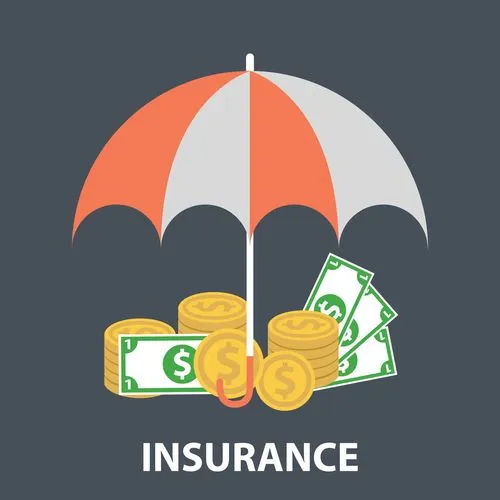
Investment entails committing to individuals and eras alike – allocating resources to exceptional visionaries and securing the future. If auto insurance is to transcend its current predicament and be treated as a venture, what distinctive trajectory can a company chart to achieve growth amidst the "winter" of auto insurance?
In the realm of innovation, much like entrepreneurship, stance plays a pivotal role. From a work philosophy standpoint, individuals and entities adopt three distinct stances: first, "emulating the present from the past." Many entities scrutinize the success of others over the years, aiming to replicate their achievements and, in essence, become the next Ali or Ping An. However, a path merely followed precludes breaking away from the past. Exceptional opportunities bestowed by history, if missed, rarely reoccur. The second stance is "embracing the present." Often, entrepreneurs and investors gravitate towards current trends and fads, but remaining confined to the present precludes surpassing it. Every facet of life adheres to its own set of rules, and the auto insurance sector is no exception, experiencing ebbs and flows in the profit cycle. Entering an industry at its zenith might consign one to its nadir, rendering them mere "discarded goods" or "fodder for cannons." The third stance, the most prudent in my view, is "attending to the present through the lens of the future." This signifies executing present tasks through a forward-looking lens, reflecting backwards, and acting. Numerous individuals, companies, and even venture capital entities prosper due to their foresight in recognizing societal trends and opportunities ahead of time, consequently crafting strategic plans accordingly. This philosophy, tantamount to an investment philosophy, involves positioning oneself before others identify a trend or opportunity. In this process, embracing criticism, skepticism, and mockery becomes essential. Holding onto one's convictions and persistently implementing strategies, despite the dark periods, ultimately leads to enlightenment. It's the outcome of early, steadfast predictions of the future that truly resonates.

The future functions as a mirror, vital for evading potential pitfalls. Embarking on a forward-looking journey offers the added advantage of sidestepping seductive present-day "pitfalls." In a sense, avoiding the "pit" is often more pivotal than seizing an opportunity. Amidst the seemingly "transparent" auto insurance market rules, numerous concealed "pits" lie. Many companies are preoccupied with outwitting regulatory controls. However, if a company persists in exploiting methods that have already undergone regulation, they may find themselves entangled in even more stringent restrictions. This emphasizes the necessity for a long-term doctrinal perspective in auto insurance management, steering clear of perilous, misguided decisions dictated by current circumstances. Thus, for those who continuously emphasize "customer-centric" auto insurance companies, it's imperative to scrutinize their business models to ascertain whether they inadvertently lay their own "pit" along the path of providing auto insurance services.

Survival pivots on strategy. So, which types of insurance companies stand resilient against the tide of auto insurance reform? Allow me to provide an assessment: I believe only three categories of insurance companies will thrive in the future landscape of auto insurance. First, the established TOP-tier insurance companies that have solidified their positions over years. These entities, as long as they evade strategic errors and capitalize on vital auto insurance development phases, will endure. Second, companies that adopt an elite "sniper" approach – a lean approach suited for smaller companies that don't aspire to immense expansion. Specializing in niche market segments, they operate like "snipers" – swift and precise. Lastly, companies that implement an ecological operational mode, effectively reshaping the auto insurance landscape. This method is undoubtedly challenging and uncharted, lacking reference points. However, time stands as the most reliable ally in this endeavor.
Nonetheless, it's important to acknowledge that the vast majority of auto insurance companies may not embrace such transformative paths. Over 80% will likely follow market trends, a fact illuminated by the current combined market share of less than 20%. Yet, those that do succeed in the future may experience exponential growth, becoming giants with market shares several times over, possibly even encompassing 80%. The crux lies in genuinely committing to "attending to the present through the lens of the future," reflecting and acting.





